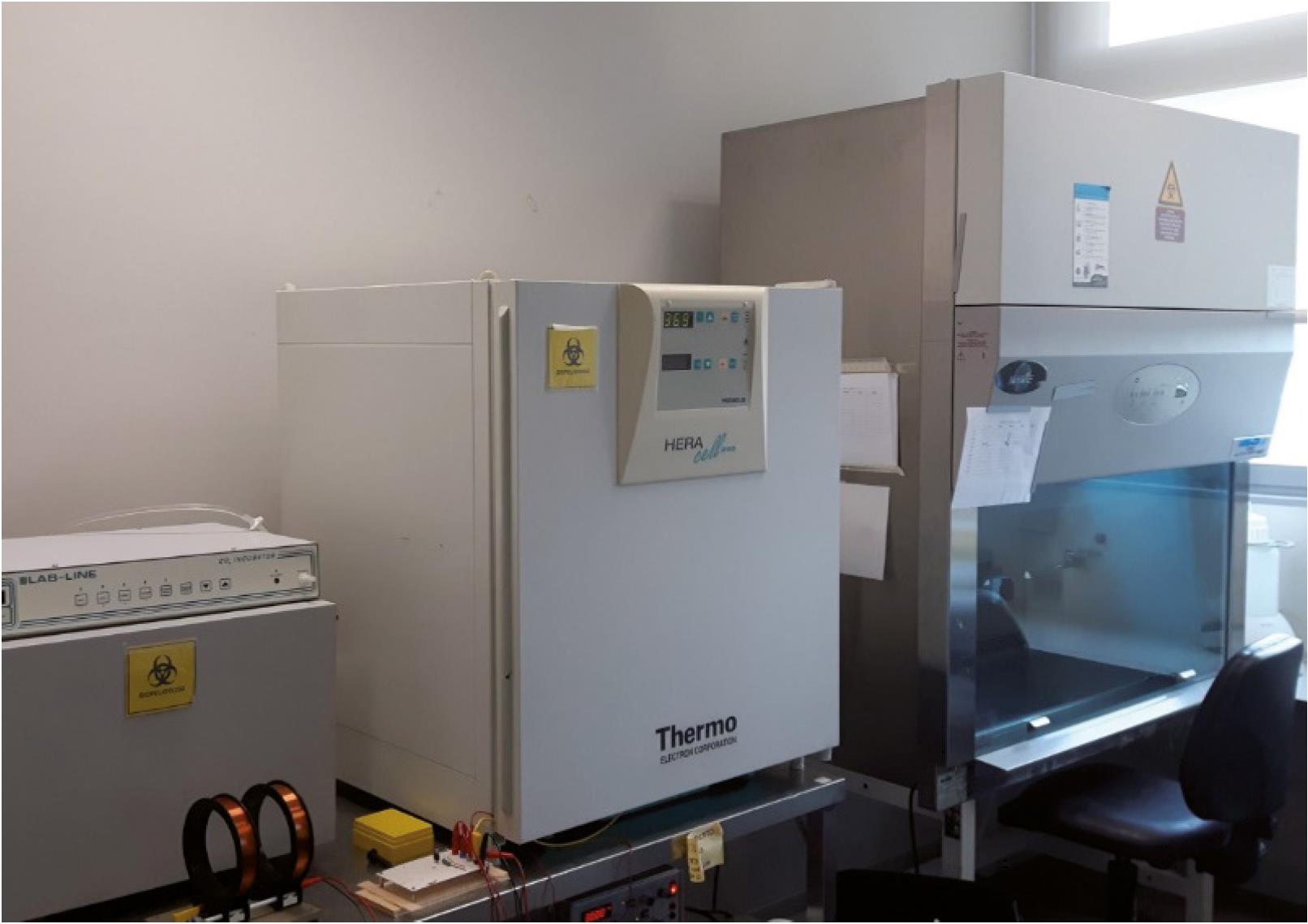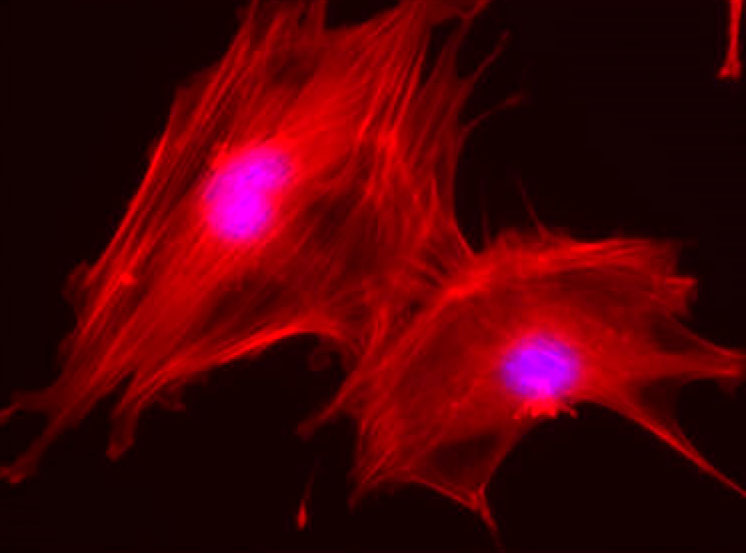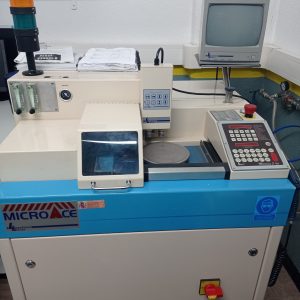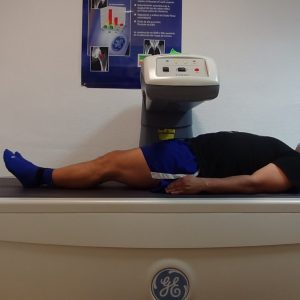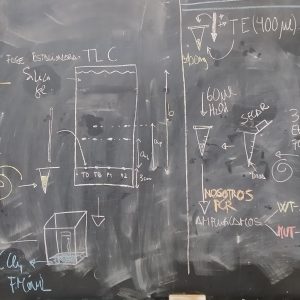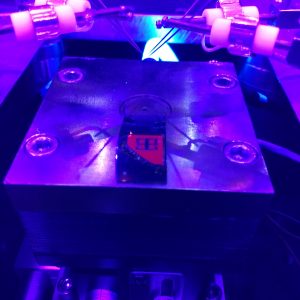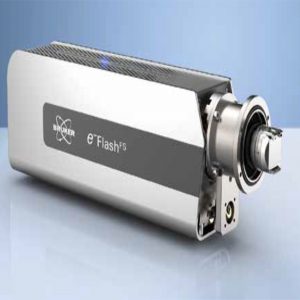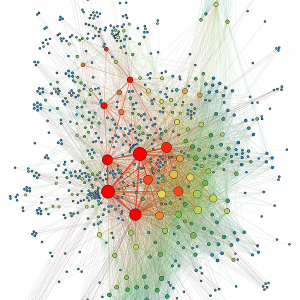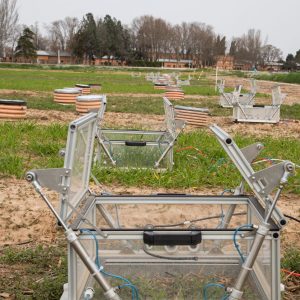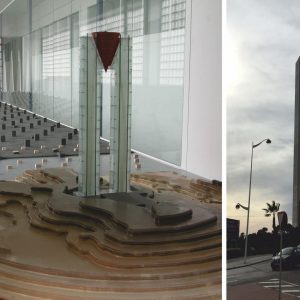BTC CELL CULTURES SERVICE
Description of the services offered
The BTC has a Cell Cultures unit that is equipped with the appropriate infrastructure for experiments with different models of cell lines of animal origin, including cell lines of human origin. It also has all the equipment needed to wash and sterilise the material.
To manage biological risk, the laboratory has taken the recommendations in UNE-CWA 16393:2014 and CWA 15793:2008 into account.
The Unit has a testing area consisting of several laboratories: a biological containment level 1 laboratory (BCL1), a biological containment level 2 laboratory (BCL2) and a communal washing area. All the laboratories are accessed with an electronic card, which is authorised beforehand by the head of the laboratory.
Needs requested and applications
The main purpose of the Cell Cultures Unit is to support research at the BTC, facilitating the work of the professionals who are a part of the centre, and also to provide services and assistance in this area of work to interested external bodies.
The Cell Cultures Unit has type II biological safety laminar flow cabinets (BSC) which are suitable for making and maintaining cell lines cultures from various origins, including cell lines of human origin (BCL2 Laboratory). Therefore it is possible to work with primary cultures obtained from animals and cell lines of animal origin (BCL1 Laboratory), including those of human origin (BCL2 Laboratory) at the facilities.
Sector or area of application
Biomedical research
Differential skills
The Unit has type II biological safety laminar flow cabinets (BSC) which are appropriate to ensure sterility in the work zone and protect the researcher from possible pathogens handled inside them. It also has incubators that make it possible to maintain controlled temperature, humidity and CO2 concentration conditions, a freezer, a fridge, an autoclave, a centrifuge and thermostatic baths. In addition, it has all the equipment needed to wash and sterilise the working material.
The unit¿s technical staff strictly control proper operation and preventive maintenance of the equipment, as well as the facilities in general, and specific operational protocols have been drawn up. The CO2 pressure, humidity and temperature parameters in the incubators, the cabinets¿ laminar flow, and the temperature of the fridges and freezers are checked on a daily basis, along with other relevant indicators.
It is possible to work with cell cultures in this laboratory that can transmit micro-organisms exclusively belonging to risk groups 1 and 2, according to the classification made by Directive 93/88EEC, October 1993: (http://www.biosafetyeurope.eu/d20public_300309.pdf) and Royal Decree 664/1997, of 12 May, on the protection of workers against the risks relating to exposure to biological agents, which establish micro-organisms that are unlikely to cause disease in human beings as Risk group 1 (little or no risk to an individual or the community), and pathogens that may cause disease in humans or animals but are unlikely to involve a serious risk for laboratory staff, the community, livestock or the environment as Risk group 2 (moderate individual risk, low risk to the community). In this case, exposure in the laboratory may cause serious infection, but there are effective preventive and therapeutic measures in place and the risk of propagation is limited.
Previous references for provision of services
The CCS-BTC has been used by numerous researchers at the centre itself who carry out their research work using cellular models to analyse cell growth on biomaterials, or the toxicity of nanoparticles in anti-tumour therapies. To do this work, they used cell viability, proliferation and differentiation tests that are available at the CCS-BTC. At the same time, there have been many collaborations with external groups, including research centres and Spanish universities, as well as collaborations with UPM research groups.
Equipment description
Experiments based on the use of cell cultures require a series of conditions for optimum performance, such as maintaining an aseptic environment, strict monitoring of the equipment in the unit and constant assessment of the cultures to prevent contamination by pathogens, as well as proper cryopreservation of the cell lines.
Technical specifications of the equipment available:
Cell Cultures Laboratory. Biological Containment Level 1 (BCL1)
- 2 CSB-II Nuaire vertical laminar flow cabinets that ensure the absence of contamination to the product in the work zone and the highest protection for the operator and the environment.
- 2 Integra Vacusafe vacuum aspirators connected to the laminar flow cabinets enabling safe removal of any culture medium.
- 1 TELSTAR horizontal laminar flow cabinet providing maximum safety to the product.
- 2 CO2 Thermo incubators, with infrared sensor and 80 L water jacket to maintain the cell cultures
- 1 small Lab-Line CO2 incubator to maintain cell cultures
- 1 Rotina (Hettich) refrigerated centrifuge
Cell Cultures Laboratory. Biological Containment Level 2 (BCL2)
- 2 NUAIRE Class II A2 Biological Safety Cabinets that ensure the absence of contamination to the product in the work zone and the highest protection for the operator and the environment.
- CO2 Incubator Brand: ThermoScientific Model: 3111, Series II, Water Jacket with infrared sensor and 80 L water jacket to maintain the cell cultures.
- Centrifuge Brand: HERMLE. Model: Z306
- Olympus Model IX71 microscope
- Sturch Autoclave
- Philips TUV T8, 36W SLV/6 UV-C lamps
.
Request for service
For more information about requesting this services and its conditions of use, go to the BTC web site at the link: http://www.ctb.upm.es/core-facilities/


